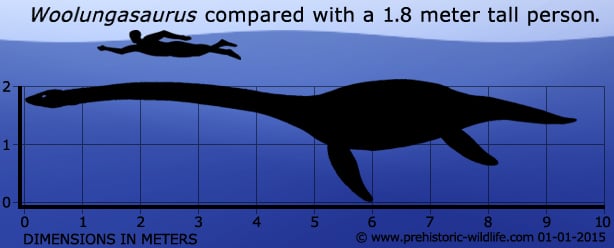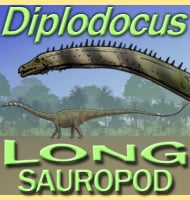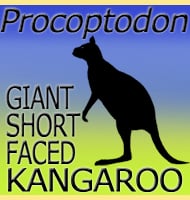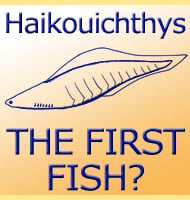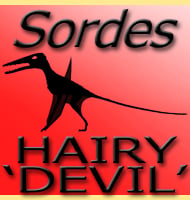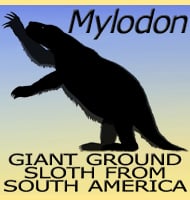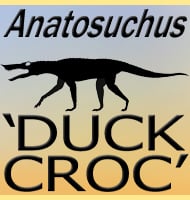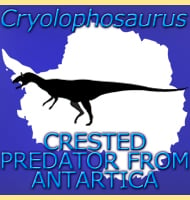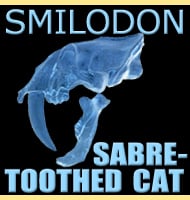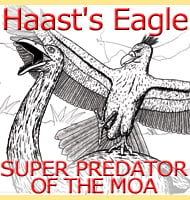In Depth
Woolungasaurus was an elasmosaurid plesiosaur, the group that are noted for having particularly long necks typified by the type genus Elasmosaurus. Out of this large sub group of plesiosaurs, Hydralmosaurus from North America is thought to be one of the most similar to Woolungasaurus. Another elasmosaurid plesiosaur that Woolungasaurus would have shared its waters with however is Eromangasaurus.
The long necks of elasmosaurid plesiosaurs like Woolungasaurus are thought to have afforded them extra reach so that they could catch fish in their mouths. In Woolungasaurus the mouth had up to forty long but relatively thin teeth that were perfect for piercing the soft bodies of fish. However these teeth were next to useless for shearing the flesh into bite sized pieces, so Woolungasaurus probably swallowed prey whole, indicating a specialisation into smaller fish species. Additionally Woolungasaurus probably swallowed small stones for use as gastroliths to break down the harder prey parts like bone, something that seems to have been the norm in plesiosaurs.
Although a large marine reptile in its own right, Woolungasaurus would have been a potential prey item for large predatory pliosaurs such as Kronosaurus, which were also active in the same waters that Woolungasaurus swam in.
Further Reading
– Lower Cretaceous Plesiosaurians (Reptilia) from Australia. – Lunds Universitets Arsskrift 56(12): 1-23. – P. O. Persson – 1960. – Redescription of Woolungasaurus glendowerensis (Plesiosauria: Elasmosauridae) from the Lower Cretaceous of Northeast Queensland. – Memoirs of the Queensland Museum 49(2): 713-731. – Sven Sachs – 2004.
